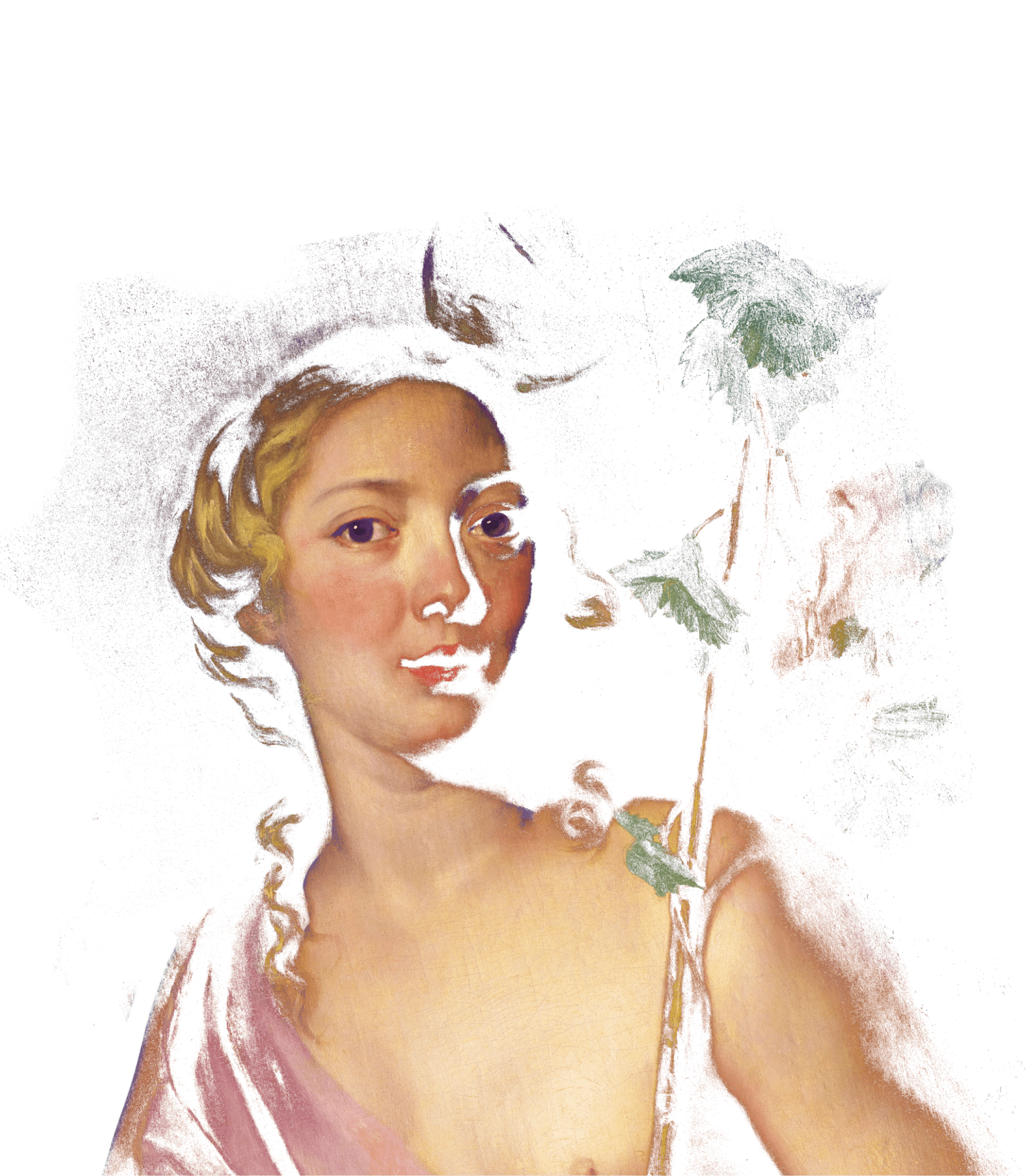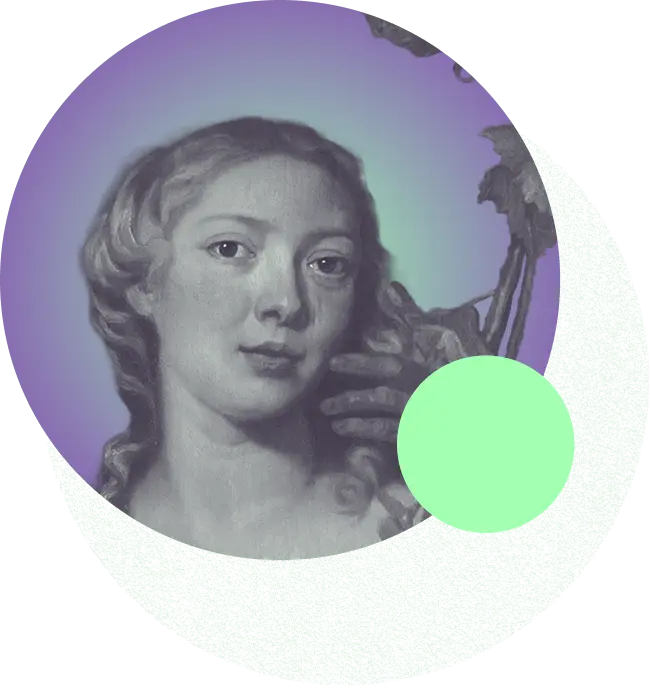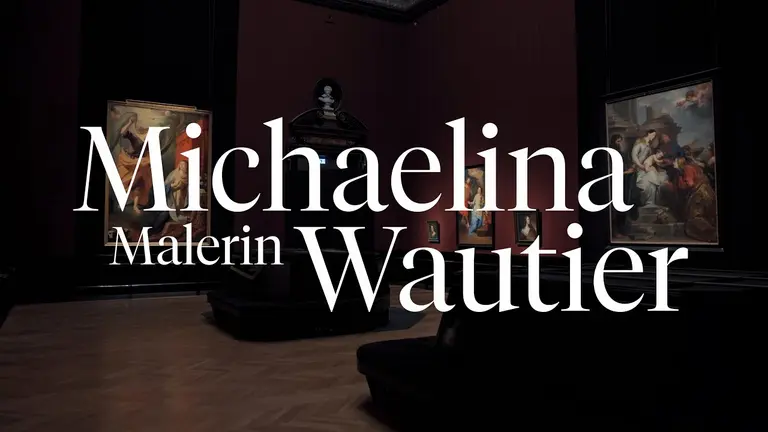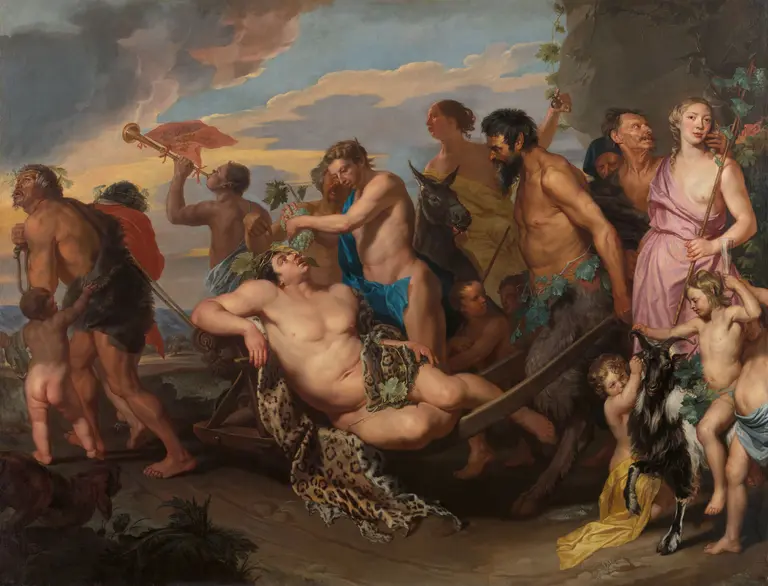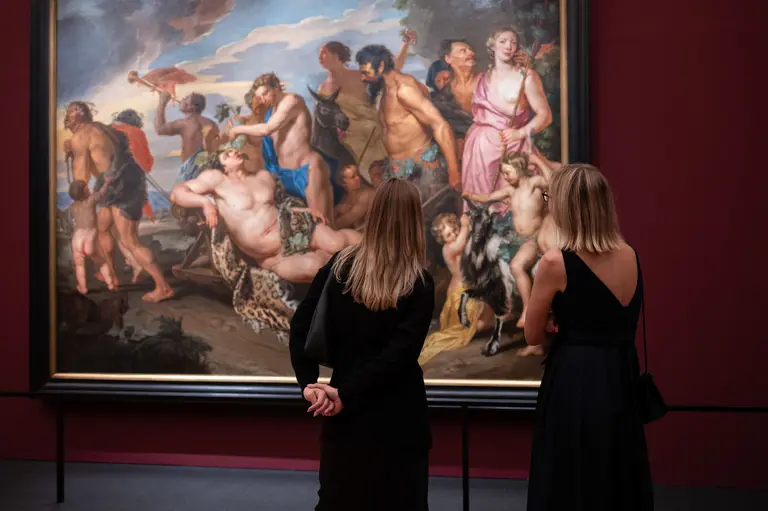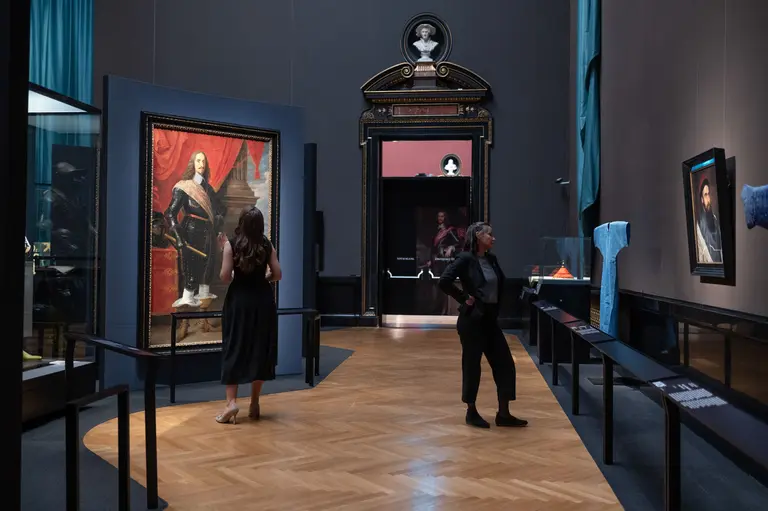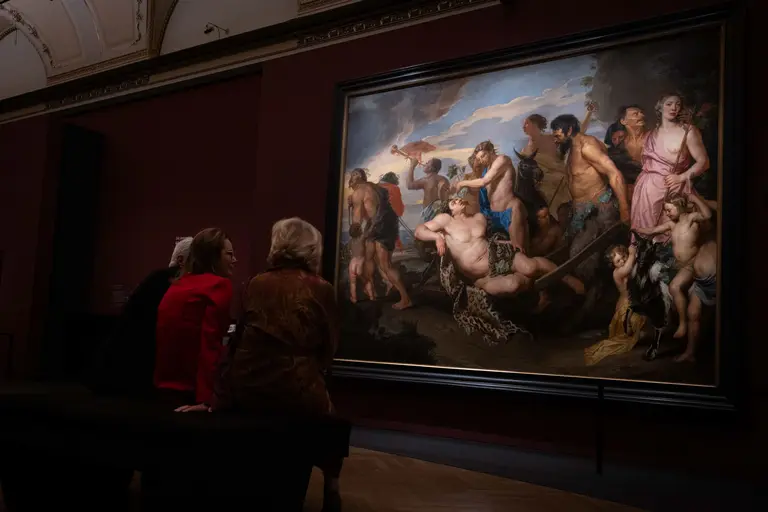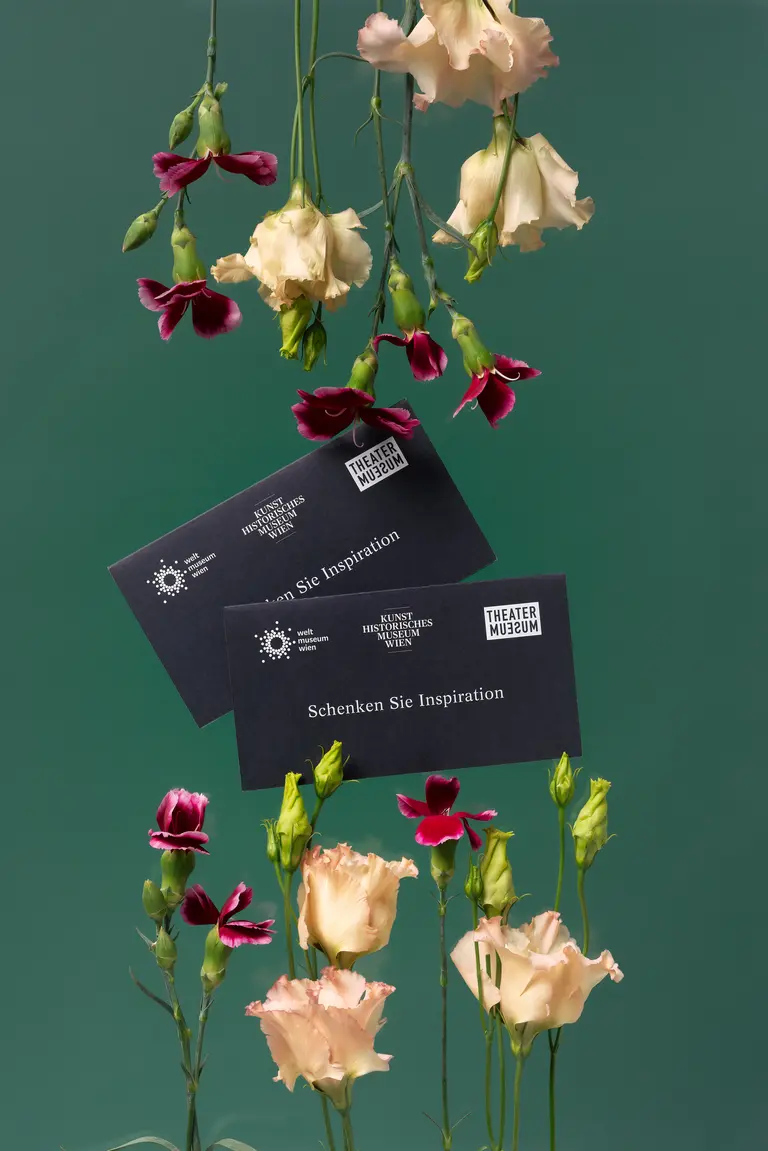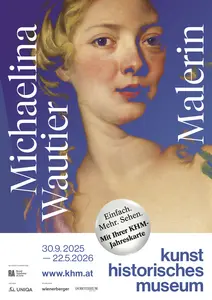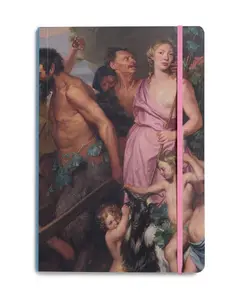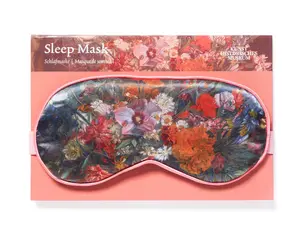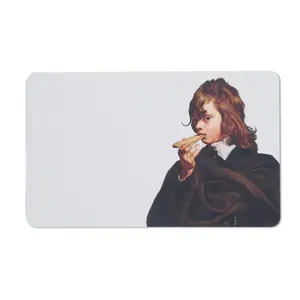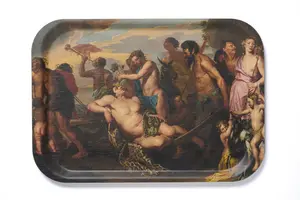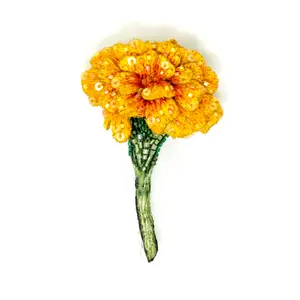Michaelina Wautier is considered one of the most important painters of her time. In an era when woman artists worked primarily in still lifes or genre painting, Wautier also gained recognition for her ambitious history paintings.
The exhibition offers a contemporary female perspective on both traditional and innovative pictorial themes and the male body.
Michaelina Wautier
A (still) unfinished Story
Immerse yourself in the exciting, long-forgotten story of Michaelina Wautier.
An exhibition in collaboration with the Royal Academy of Arts, London

An exhibition organised in collaboration with the Royal Academy of Arts, London
No Woman Could Have Painted This, They Said. They Were Wrong.
A Long-Forgotten 17th-Century Flemish Master Is Finally Getting the Attention She Deserves
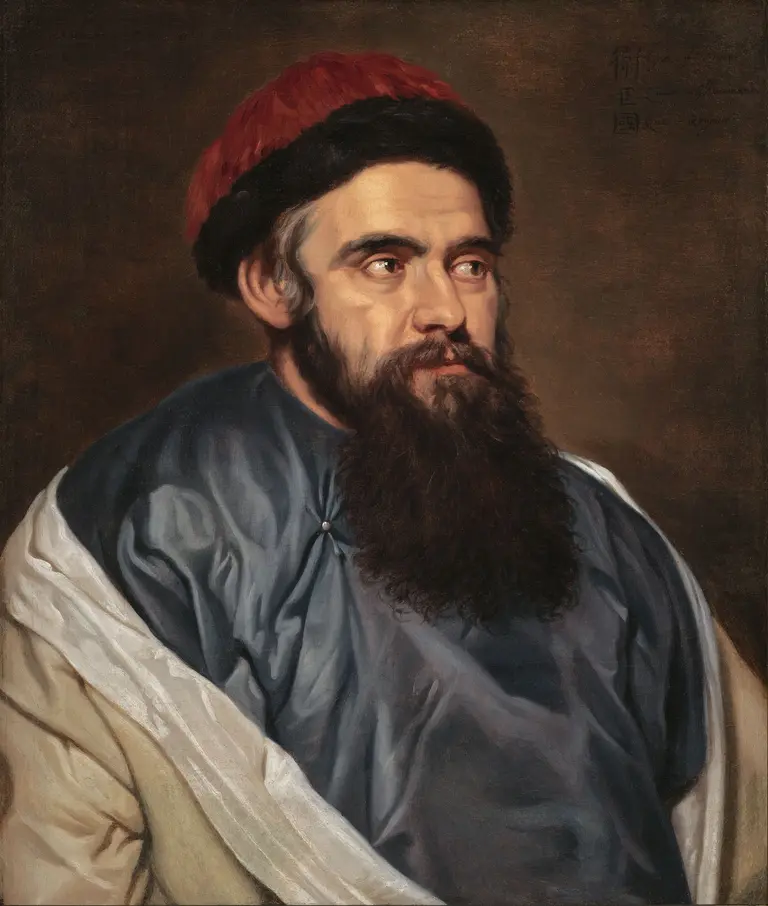
The portrait was painted in 1654 and shows the Italian Jesuit Martino Martini in traditional Chinese garb. Martini was a well-known personality. The Jesuit traveled to China in 1640 and returned to Europe in 1653 to publish Novus Atlas Sinensis, the first atlas of China to appear in print.
The Wautier family had connections with the influential Jesuit Order in Brussels. It is therefore possible that Michaelina Wautier was commissioned by the Order directly to paint the portrait of their prominent member. But it is also conceivable that Archduke Leopold Wilhelm commissioned it.
The face of the missionary is modelled with broad, virtuoso brush strokes. Here in particular Wautier demonstrates her ability to use her composition to probe psychological depths.
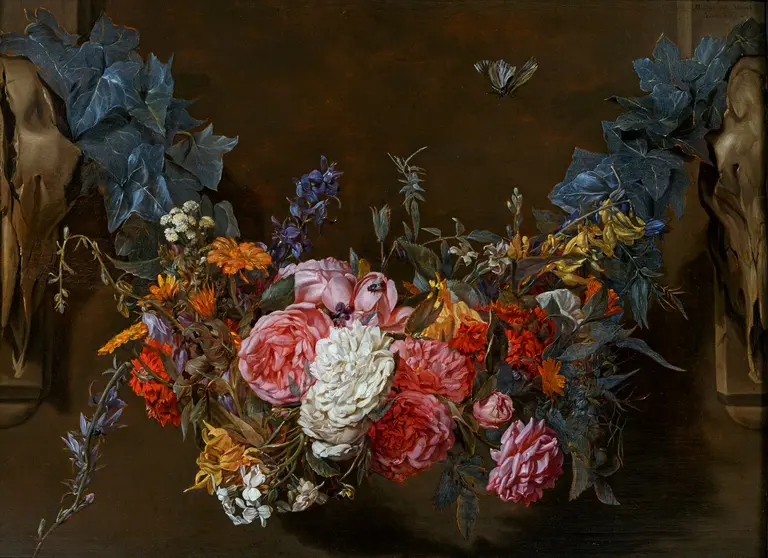
This picture was made at a time when garden design and floriculture were becoming very popular, a trend further fuelled by the interest in gardens on the part of the governor, Archduke Leopold Wilhelm. Michaelina Wautier’s Garland of Flowers reflects the great interest in flowers and plants in bourgeois and courtly circles.
The garland hangs from the upper corners and is attached to two bucrania (cattle skulls). This is a new motif that has its roots in ancient Roman sculpture. The colourful mass of flowers is combined with the idea of vanitas, (personal) transience. This shows Wautier’s creativity and erudition. She is the first known female artist in northern Europe to refer to antiquity in a floral painting.
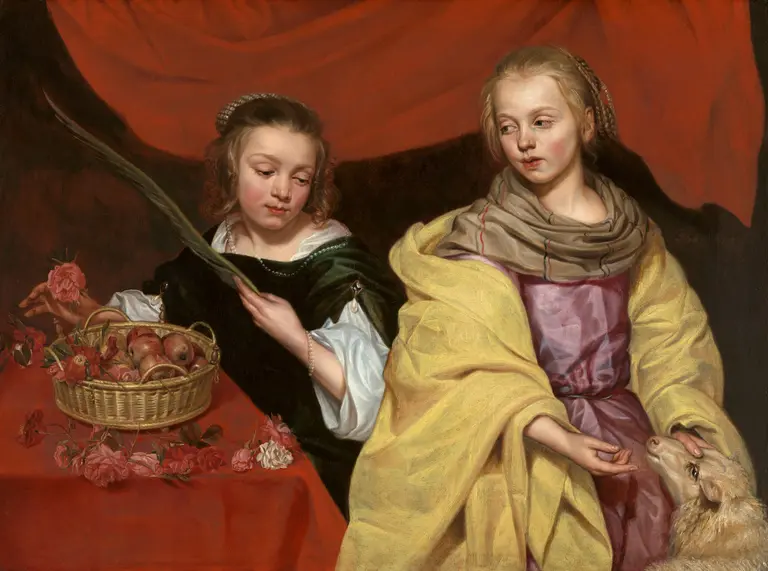
This painting is an example of a so called ‘portrait historié’ – a combination of a portrait and a history painting (in this case, religious history). Two girls pose as young saints, the martyrs Agnes and Dorothy.
Michaelina Wautier combines the sweet, delicately painted faces with thickly applied paint that depicts the folds of their garments. A subtle sadness surrounds the girls. They seem to be looking inwards, as if already aware that death awaits them because of their faith. In contrast are the warm colours – ochre yellow and dusky pink are among the painter’s ‘favourite colours’ – and the pictorial power of the depiction.
